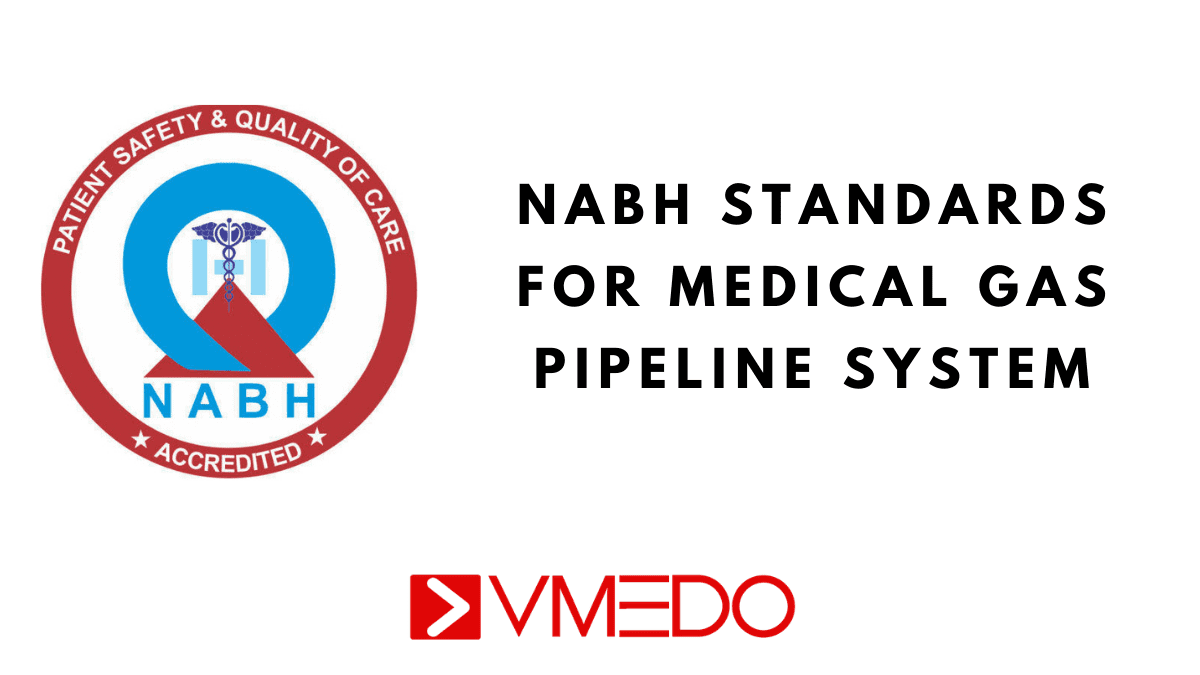The national accreditation board for Hospitals and Healthcare providers (NABH ) is a part of the Indian quality council. It is set-up to establish and operate accreditation programs for healthcare organizations.
NABH Standards update every 5 years, the latest one was released in 2020 as its fifth edition. Accreditation from NABH holds a higher value in the Indian healthcare ecosystem.
The standards provided in the NABH document ranges from Operation, maintenance, Personnel hiring to Facility management.
Values of NABH Standards
Credibility: Provide credibly and value-added services
Responsiveness: Willingness to listen and continuously improving services
Transparency: Openness in communication and freedom of information to its stakeholders
Innovation: Incorporating change, creativity, continuous learning, and new ideas to improve the services being provided
Objectives of NABH Standards
· Accreditation of healthcare facilities
· Quality promotion: initiatives like Nursing Excellence, Laboratory certification programs (not limited to these)
· IEC activities: a public lecture, advertisement, workshops/ seminars
· Education and Training for Quality & Patient Safety
· Recognition: Endorsement of various healthcare quality courses/ workshops
NABH Standards for medical gas pipeline system in Hospitals
Medical gas pipeline systems are used in Hospitals for easy and efficient usage of Medical gases for clinical purposes. To setup, a medical gas pipeline clicks the link below and enquire or call 7406000610 or mail us at store@vmedo.com for further assistance.
What is medical gas pipeline system?
There will be a centralized system of gas storage which will supply gases to different areas of the hospital according to the need. Since using high-pressure cylinders of medical gases proved to be unsafe and costly. The majority of the hospitals have shifted to a centralized system in which pressure can be monitored and controlled much efficiently.
There are varieties of Medical gases depending on various functions of healthcare; we’ve listed below the major types of gases of the medical gas pipeline system.
Medical gas pipeline system according to NABH Standards for NABH Accreditation
According to NABH 5th edition, chapter 8: Facility management system, it is said that to achieve NABH standards hospitals are obligated to provide medical gases and vacuum systems along with safe water and ventilation.
NABH Standards specify commitments, core objectives, and achievements to be met to achieve their standards.
Article FMS.6 provides us with a detailed guide to achieve standards regarding the Medical gas pipeline system
Standard FMS.6
The organization has a programme for medical gases, vacuum and compressed air
Objective elements,
| Commitment | a | Written guidance governs the implementation of procurement, handling, storage, distribution, usage and replenishment of medical gases |
| Core | b | Medical gases are handled, stored, distributed and used in a safe manner |
| Commitment | c | The procedures for medical gases address the safety issues at all levels |
| Core | d | Alternate sources for medical gases, vacuum and compressed air are provided for, in case of failure. |
| Commitment | e | The organisation regularly tests the functioning of these alternate sources |
| Commitment | f | There is an operational, inspection, testing and maintenance plan for piped medical gas, compressed air and vacuum installation. |
There is an exclusive ISO Standard, ISO 7361-1:2007 which specifies installation, operation, and maintenance of Medical gas systems.
If you want to set-up a medical gas pipeline system in your hospital you can contact 7406000610 for further assistance.
